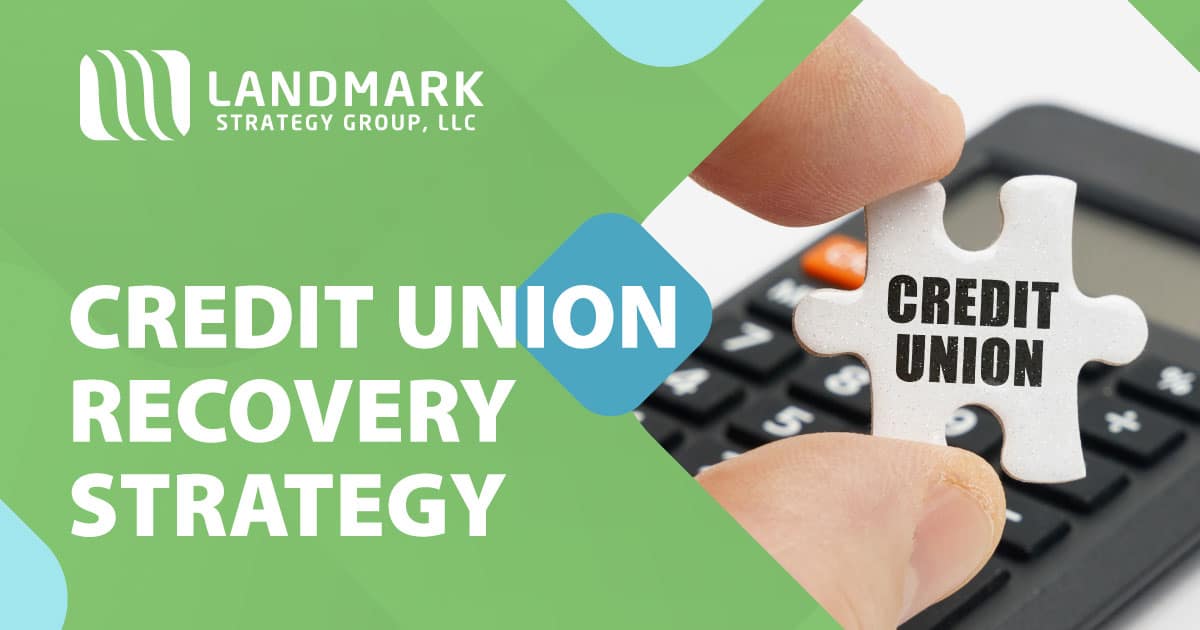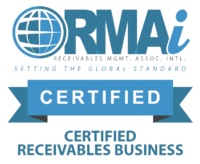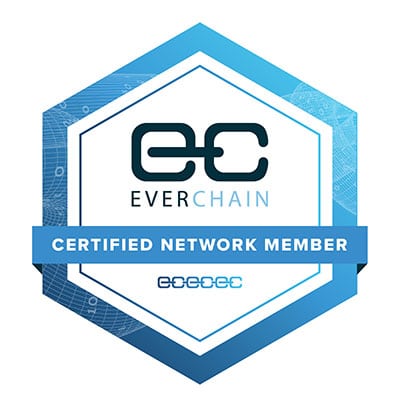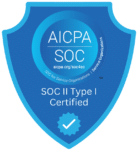Credit unions, like all lending or banking institutions, will inevitably wind up with a portion of accounts that fall into delinquency and are eventually charged off. While the delinquency rates might presumably be lower than those of larger or more “quick and easy” lenders (such as online fintech or short-term lenders), they still exist as a part of the cost of business in a financial services environment. What can be done? The four options are generally: do nothing, sell the accounts to a debt buyer, attempt in-house or outsourced collections, or begin the litigation process in hopes of obtaining payment or a judgment.
As with any decision that affects the bottom line and raises multi-tiered compliance questions to consider, there are several standard and unique factors for credit unions to consider when deciding how to process charged-off portfolios.
What Do Credit Unions Need to Consider?
When it comes to credit union collections, a few things make the space unique for a debt buyer. For one, credit unions tend to have lower fees and better interest rates on savings accounts and loans, while banks’ mobile apps and online technology tend to be more advanced. Banks also have more branches and ATMs nationwide. Some credit unions offset this advantage with a co-op shared network of branches and surcharge-free ATMs. While credit unions are known for providing better customer service, national banks tend to have stricter rules and less flexibility in decision-making.
In terms of translating all of this to a credit union debt sale strategy, there are a few things to keep in mind: the balances and inventory might be lower than other types of debt portfolios; the payment history and media will be critical to organize, digitize, and unify if not already; and the account origination/pre-charge-off customer communications should be provided to the buyer as much as possible for records but also to help apply consistency across the lifecycle of the account.
What is the Best Recovery Strategy for a Credit Union?
In any line of collections, the best strategy involves some plan for congruence between pre- and post-charge-off. A paperless origination should translate into a paperless recovery strategy, for example. Given that credit unions are often smaller and may not be as digitally based as large banks or online lenders, suddenly progressing to a digital-only collection strategy may or may not be appreciated by consumers. Likewise, the customer population — perhaps more motivated by brand loyalty and a preference for small, local businesses than other customer populations might be — may feel particularly unappreciative of being passed around to different creditors through multiple debt sales. Finding the right balance between service congruence and bottom-line recovery is important to maintaining a credit union’s valuable reputation for quality customer service — one of the selling points for repeat customers and word-of-mouth. So whatever strategy is chosen, those are some factors to consider in weighing the decision.
Sell, Sue, or Collect
The standard options for any creditor to weigh, short of doing nothing, are whether to sell, sue, or collect on charged-off portfolios. While doing nothing means almost no risk, it’s not generally the most beneficial strategy for a large volume of accounts representing bottom-line loss that the company simply “eats.”
Debt Sales
Selling charged-off debt portfolios to debt buyers (secondary creditors) is one option for moving forward. It provides a business with immediate liquidation of the accounts in question and passes the baton of responsibility for long-term account management to the buyer. While accurate documentation and thorough media packages must be provided, including occasional post-sale support, the major bulk of the compliance management, operations, and consumer support services are under the responsibility of the new creditor. In this model, sellers can make one-time deals or set up forward-flow scenarios and ongoing partnerships to integrate with their post-charge-off processes. This can be a beneficial option for both parties so long as seller and buyer due diligence are both done to ensure quality, service, and compliance will be consistently carried over throughout the life of the accounts.
Litigation
The litigation option for charged-off portfolios can be a complex and costly up-front investment with a long-term payoff. In this scenario, a creditor should develop trustworthy working relationships with at least one qualified law firm in the practice area of collections or creditors’ rights. Depending on the needs of the portfolio, forwarding by the firm or additional partnerships may be necessary for litigating in various states or to handle larger account volumes. In addition to reliable partnerships with firms skilled in navigating state statutes, FDCPA, TCPA, and other relevant state, local, and federal regulations for the collection of debt, it’s also critical the strategy be informed with data waterfalls.
Data waterfalls are information-driven decision models specific to helping determine when an account is ready for action, or not. For example, a batch of accounts with no verifiable location or employment is likely not going to produce a worthwhile ROI. Conversely, a batch of accounts with a verified location for service and confirmed assets with high garnishment or lien potential are likely to have a good ROI. Because factors such as location and employment are not constant, it’s important to know when to take action. Strong data waterfalls require a combination of skip tracing and data verification tools or partnership(s) with a vendor/vendors specializing in location and employment verification.
Collections
Collection strategy for “soft collections” (“call and collect” or written [paper or digital] communications to request payment) might be applied in a variety of ways. In-house collections might be standard for delinquency prior to charge-off. These could also be outsourced to a collection agency that can provide “first-party” representation, reaching out as an extension of your business under your brand. Following charge-off, creditors might choose to continue collections or pivot to a debt sale or litigation strategy. Collection agencies can also reach out to consumers as third parties, under their own business name and brand in reference to collecting the account on behalf of your business.
Landmark’s Credit Union Strategy
Landmark Strategy Group is unique because of what it is not. LSG is not a debt broker who typically sells your customer’s debt to the highest bidder. LSG is not a typical debt buyer who purchases your customer’s account and outsources your customer to twenty different collections agencies. What sets LSG apart from the pack for its credit union clients is that we are a safe harbor for your charged-off consumer accounts. We are more than just a passive debt-buying entity. We also own an 18-year running 120-seat internally held and operated nationally licensed collections agency. Landmark Strategy Group upholds the highest compliance and client brand reputation standards as the main pillars of our debt purchasing model, and we are an RMAI Certified Receivables Business.
About Landmark Strategy Group
Landmark Strategy Group, LLC is a nationally licensed and bonded receivables management firm located in West Seneca, NY that specializes in passively purchasing non-performing receivables portfolios. Mark Lesinski and the rest of Landmark’s executive team have a combined total of 60+ years of experience in the ARM industry and have developed efficient and compliant processes that deliver a quick valuation, streamlined purchase, and exceptional customer service after the sale.





